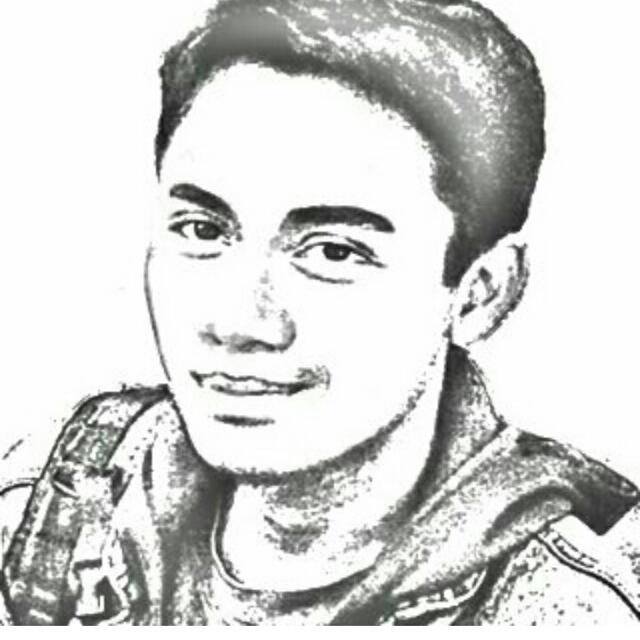Rabu, 31 Oktober 2018
Selasa, 09 Oktober 2018
Dengan menggunakan template Garuda Landing Page ini, Anda akan dengan mudah dan cepat dapat mengubah blogspot anda menjadi sebuah Landing Page atau Sales Page Profesional


Tampilan full responsive sesuai dengan ukuran screen dari perangkat yang digunakan
Desain yang flat dan modern sehingga terlihat premium sesuai dengan tren website masa kini
Didesain dengan simpel agar mudah digunakan oleh siapa saja bahkan bagi nubie sekalipun
Tampilan full responsive sesuai dengan ukuran screen dari perangkat yang digunakan
Desain yang flat dan modern sehingga terlihat premium sesuai dengan tren website masa kini
Didesain dengan simpel agar mudah digunakan oleh siapa saja bahkan bagi nubie sekalipun

Tuliskan deskripsi singkat layanan produk yang anda miliki di sini Tuliskan deskripsi singkat layanan produk yang anda miliki di sini
Tuliskan deskripsi singkat layanan produk yang anda miliki di sini Tuliskan deskripsi singkat layanan produk yang anda miliki di sini
Tuliskan deskripsi singkat layanan produk yang anda miliki di sini Tuliskan deskripsi singkat layanan produk yang anda miliki di sini
Tuliskan deskripsi singkat layanan produk yang anda miliki di sini Tuliskan deskripsi singkat layanan produk yang anda miliki di sini
Tuliskan deskripsi singkat layanan produk yang anda miliki di sini Tuliskan deskripsi singkat layanan produk yang anda miliki di sini
Tuliskan deskripsi singkat layanan produk yang anda miliki di sini Tuliskan deskripsi singkat layanan produk yang anda miliki di sini
















Lorem ipsum dolor sit amet, consectetur adipiscing elit. Nam eu sem tempor, varius quam at, luctus dui. Mauris magna metus, dapibus nec turpis vel, semper malesuada ante. Idac bibendum scelerisque non non purus. Suspendisse varius nibh non aliquet.
Arif Stiawan
Media Analyst

Lorem ipsum dolor sit amet, consectetur adipiscing elit. Nam eu sem tempor, varius quam at, luctus dui. Mauris magna metus, dapibus nec turpis vel, semper malesuada ante. Idac bibendum scelerisque non non purus. Suspendisse varius nibh non aliquet.
Arif Stiawan
Media Analyst

Lorem ipsum dolor sit amet, consectetur adipiscing elit. Nam eu sem tempor, varius quam at, luctus dui. Mauris magna metus, dapibus nec turpis vel, semper malesuada ante. Idac bibendum scelerisque non non purus. Suspendisse varius nibh non aliquet.
Arif Stiawan
Media Analyst


Arif Stiawan
Marketing Mananger

Arif Stiawan
Marketing Mananger

Arif Stiawan
Marketing Mananger

Alamat Kantor
Jl. Raya Nama Jalan Raya No.999 Kecamatan Kota Provinsi Indonesia
Lets Talk
085 000 000 000
General Support
email@namaperusahaan.com
Rabu, 31 Oktober 2018
Selasa, 09 Oktober 2018